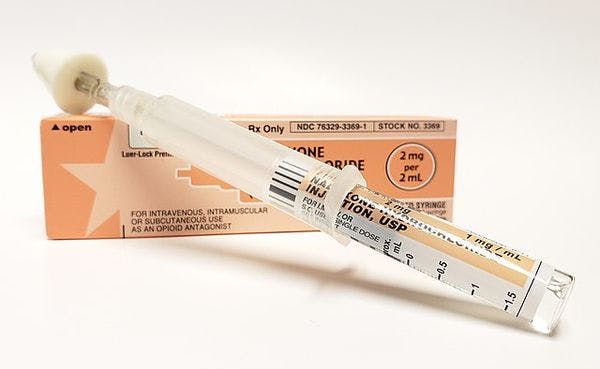Wikimedia Commons - Intropin (Mark Oniffrey) - CC BY-SA 4.0
Facts and myths about overdose and take-home naloxone — EMCDDA publishes new resources
By European Monitoring Centre for Drugs and Drug Addiction
Over the past five years, more than 40 000 people have died of a drug-related overdose in the European Union and the UK; around 80% of these being linked to the use of heroin or other opioids. Yet, with effective intervention, they could have been prevented.
On International Overdose Awareness Day, the EMCDDA is launching a new set of resources designed to improve understanding of drug overdoses and responses to them in Europe. These have been developed under the agency’s harm-reduction initiative, through which it aims to support countries’ actions to prevent overdose and reduce overdose-related mortality, ultimately contributing to a healthier Europe (EMCDDA Strategy 2025). The initiative consists of a rolling programme of activities which target specific areas of harm reduction practice, build on the evidence base in this area and deliver relevant tools for policy and practice.
Many people overdose in the presence of their partners or peers. Empowering friends, family and other bystanders to act effectively, before emergency services arrive at the scene, can therefore save lives. Overdose prevention programmes, combining first aid training with the provision of the overdose-reversal drug naloxone, were piloted in Europe in the late 1990s. Now available at local or national level in 12 European countries, these take-home naloxone (THN) programmes are targeted at-risk opioid users and those likely to witness an overdose.
